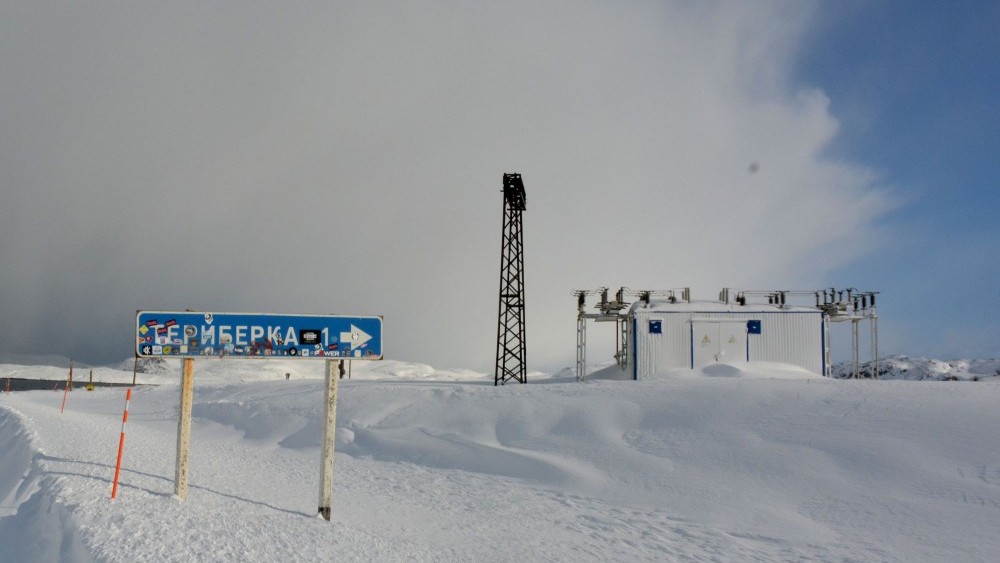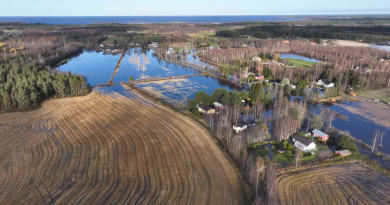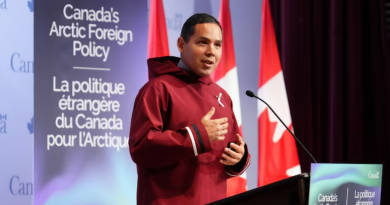Russia’s second Arctic research station to be powered by renewables

Snowflake-2 science research station will be a five-domes construction to house year-round environmental monitoring and education.
It was during an online media conference about the future of green energy Murmansk governor Andrei Chibis announced the creation of the Snowflake international Arctic station in the fishing village of Teriberka on the coast of the Barents Sea.
The plans are developed in cooperation with the State Commission for the Development of the Arctic, headed by Deputy Prime Minister Yury Trutnev, the Government of Murmansk region informs.
Pointing to the fragile Arctic nature, Governor Chibis said it is necessary to intensify research on biological resources, and the shelf deserves special attention. “Therefore, for the decision to create the Snowflake station in Teriberka is fundamentally important.”
With such research complex, Murmansk region hopes to attract international scientists to come to the Arctic and cooperate on scientific and technical problems of the far north.
Wind farm energy
Snowflake will be powered by renewable energy, partly coming from a wind farm currently under construction along the road between Murmansk and Teriberka. The wind farm will be the largest in Russia.
The complex will cover 3,000 square meters and will by architecture look similar to Russia’s first Snowflake station soon to be built in the Yamal-Nenets region in Siberia.
Related stories from around the North:
Canada: New research chair at Laval University to help better understand permafrost changes in Arctic Quebec, Eye on the Arctic
Greenland: Oldest Arctic sea ice vanishes twice as fast as rest of region, study shows, Eye on the Arctic
Norway: Thawing permafrost melts ground under homes and around Global Seed Vault in Svalbard, The Independent Barents Observer
Russia: Oral histories unlock impact of climate change on nomadic life in Arctic Russia, says study, Eye on the Arctic
United States: Bering Sea ice at lowest extent in at least 5,500 years, study says, Alaska Public Media



